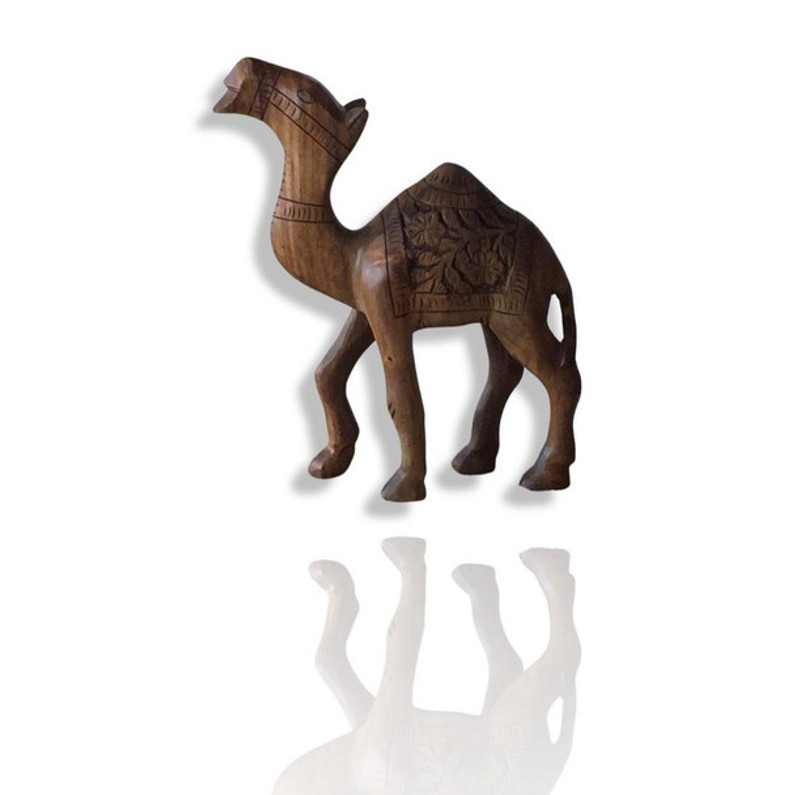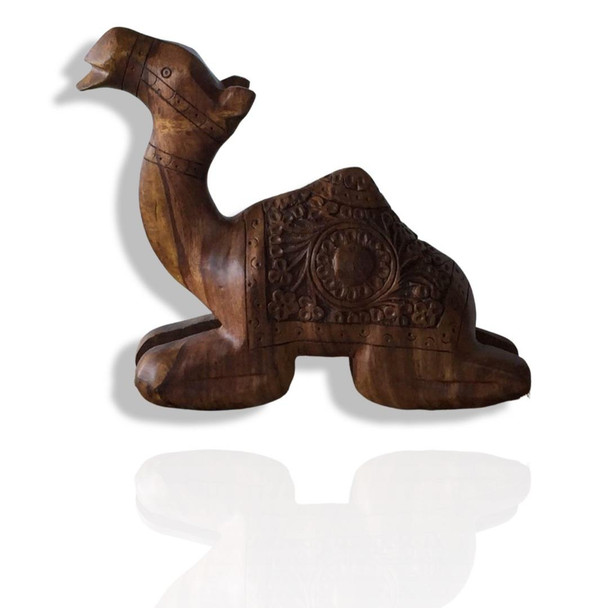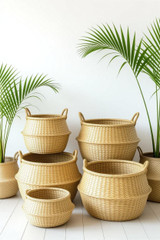The Majestic Camel: A Journey through History and Beyond
The Majestic Camel: A Journey through History and Beyond
Camels, often referred to as the "ships of the desert," have been an integral part of human history for centuries. These remarkable creatures have not only played a crucial role in the development of civilizations but have also adapted to some of the harshest environments on Earth. Join us on a captivating journey through the history, significance, and fascinating features of the camel.
History:
The history of camels dates back thousands of years, with their domestication believed to have occurred around 2000 BCE in the Arabian Peninsula. The Arabian camel, also known as the dromedary, became an invaluable asset for the Bedouin people, who traversed vast deserts in search of water and grazing grounds. These nomadic tribes relied on camels for transportation, milk, meat, and even as companions.
As trade routes expanded across the Middle East and North Africa, camels played a pivotal role in facilitating commerce. The Silk Road, an ancient network of trade routes connecting the East and West, saw caravans of camels carrying goods like spices, textiles, and precious metals. The camel's ability to endure long journeys without water made it an indispensable partner in the growth of trade and cultural exchange.
Types of Camels:
There are two main species of camels: the dromedary (Camelus dromedarius) and the Bactrian camel (Camelus bactrianus). The dromedary is characterized by a single hump, while the Bactrian camel boasts two humps. Both species have unique adaptations to survive in arid environments, including specialized kidneys that conserve water and broad, tough feet that prevent sinking into the desert sands.
Cultural Significance:
Camelshave left an indelible mark on the cultures of regions where they have been domesticated. In many Middle Eastern societies, camels are revered for their endurance and resilience, symbolizing patience and steadfastness. The camel also holds spiritual significance in some cultures, often appearing in folklore and religious texts as a symbol of wealth and prosperity.
Modern Day:
While the traditional uses of camels persist in some parts of the world, these animals have also found new roles in the modern era. In Australia, feral populations of camels are managed for their meat, leather, and milk. Moreover, in various tourist destinations, camel riding has become a popular activity, allowing people to experience the allure of the desert landscapes while riding on these gentle giants.
Conclusion:
The history of camels is a testament to the enduring partnership between humans and animals. From the ancient trade routes of the Silk Road to the modern-day tourist attractions, camels continue to capture our fascination and admiration. Their ability to thrive in harsh environments and their contributions to the development of societies make them an essential and majestic part of our shared history. As we reflect on the journey of these remarkable creatures, we gain a deeper appreciation for the role they have played in shaping the course of human civilization.
Recent Posts
-
Order the Best Boss Day Gifts for Male & Female Bosses in the UAE from Craftihouse.com
Every year, Boss’s Day is the perfect opportunity to show appreciation for the people who lead, ment …13th Oct 2025 -
How This Gift Came to Life: The Story Behind Our Palm Leaf Baskets
How This Gift Came to Life: The Story Behind Our Palm Leaf Baskets In a world where everything is be …8th Oct 2025 -
Handmade Leather Key Chains – Timeless Souvenirs & Everyday Companions
Handmade Leather Key Chains – Timeless Souvenirs & Everyday Companions Introduction In a world where …25th Sep 2025





